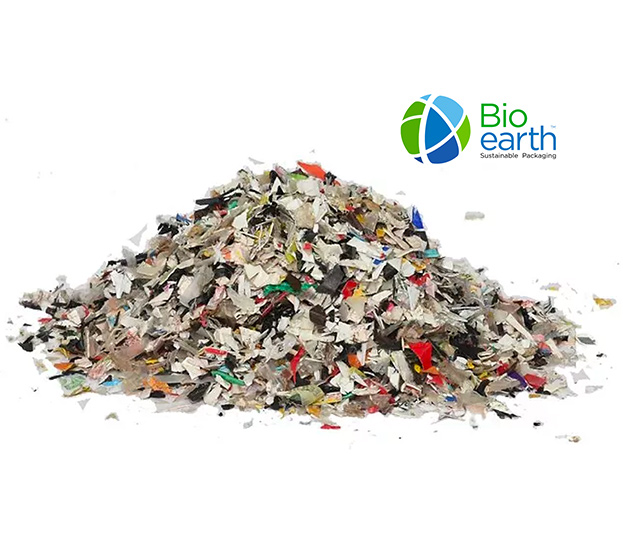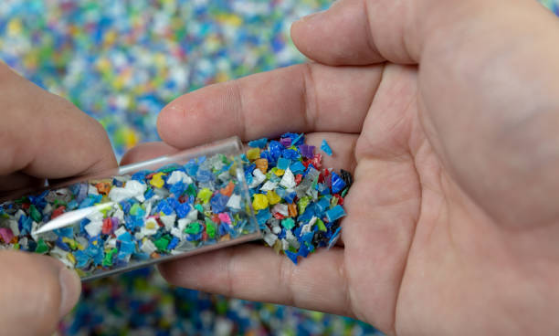What Is PCR?
Sustainable Packaging Materials
Sustainable Packaging is the development and use of packaging that results in improved sustainability. This implies an increased use of Life Cycle Inventory and Life Cycle Analysis to guide the use of packaging that reduces environmental impact and ecological footprint.

What are PCR plastics?
An important part of shifting current plastic usage from a linear supply chain to a circular one has to do with not only recycling our current plastic but also incorporating this in new products. PCR is just that. Short for Post Consumer Recyled material PCR is plastic which has been recycled and turned back into resin so that it can be used once more.
How many times can PCR be recycled?
Typically PCR plastics can be recycled 1-2 times before they become too degraded to be extruded back into the same form. After this they are downcycled into other products such as fabrics, decking, or carpeting.
What forms of plastic does PCR come in?
PCR comes in a few options, the most common ones being PET, HDPE, and PP. These are all materials that can be recycled and be converted into PCR so they can be used once or twice more for their original use before being downcycled into less demanding uses.
How is using PCR plastic helpful for the environment, Reusing existing plastic supplies is one of the easiest ways to lower the carbon footprint of the packaging used for products. By integrating more and more of our waste back into production we reduce the need to use virgin resin for the production of our packaging. As more and more of our waste is entered into the circular recycling economy we make better use of our existing resources.
Apart from being used to make new products this material is kept out of landfills where it helps alleviate the environmental burden that landfills create.


